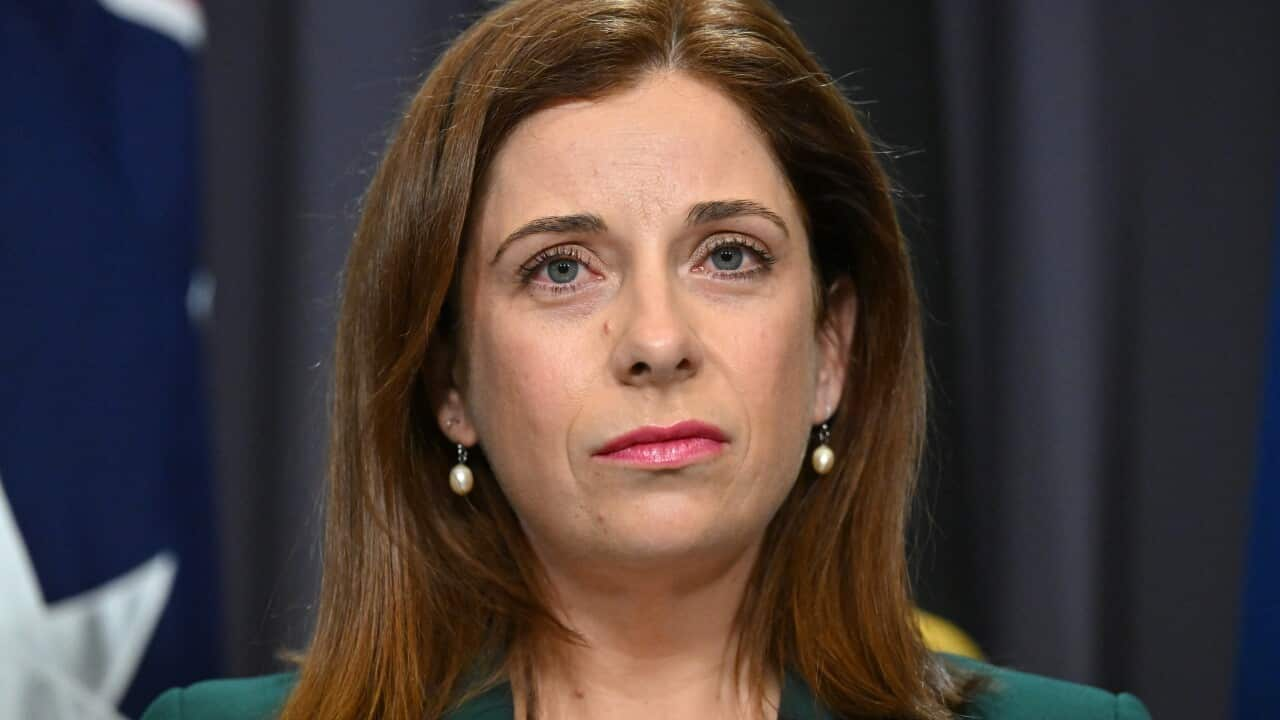Key Points
- A government-commissioned review has ruled out a new tax or levy to help fund Australia's aged care system.
- Instead, the Aged Care Taskforce report recommended superannuation be used to fund retirees' aged care.
- A strong safety net for people with low means to meet costs was also recommended.
Older Australians should pay more for aged care depending on their wealth and superannuation, a task force has recommended.
The government-commissioned Aged Care Taskforce ruled out a new tax or levy to help fund the aged care system, instead suggesting superannuation should be drawn upon, given the purpose of the scheme is to help save for retirement.
The cost of aged care depends on how much money you have and what kind of accommodation you're after — if your income and assets are below a certain level, your payments may be means-tested.
Rodney Horin, managing director at Joseph Palmer & Sons, a Melbourne-based firm that provides financial advice and guidance for transitioning family members to aged care, said many people are already paying monthly super contributions.
"It's not a fair assumption to say it's not being used, or this is something new and radical. Most people, at the end of the day, only have superannuation funds to live on," he said.
What did the Aged Care Taskforce say?
The Aged Care Taskforce report was established to review funding arrangements in the aged care system, and followed a damning royal commission into aged care.
The task force was chaired by Aged Care Minister Anika Wells and made 23 recommendations, which are being considered by the government.
The recommendations included further investment from the government and participants in the aged care system.
It also recommended a strong safety net for participants with lower means, to help meet aged care costs.
More transparency and "fairer, simpler" fees were also recommended, to help people understand the costs they will incur in the aged care system.
The proportion of people over 65 accessing the aged pension or other income support is expected to decline by 15 per cent by the early 2060s.
Fewer people will receive the full pension rate due to increased superannuation and assets as well.
Opposition health and aged care spokesperson Anne Ruston said she was committed to supporting "sensible changes" in the sector, but was disappointed the government had not shared the report earlier.
"Disappointingly, the government has had this report now for three months and we only received it over the weekend," she said.
"If the government wants to genuinely be bipartisan about this, they're going to have to provide us with the information so we can make some informed assessments."
Ruston said she would like to know the details behind future reforms before making any commitment to supporting them.
How much is the aged care daily fee, and how is means testing calculated?
According to Rachel Lane, principal of Aged Care Gurus consulting firm, the majority of people who receive aged care get care in-home, and less than 20 per cent of people using aged care services live in residential care.
Every aged care resident in Australia pays a daily care fee, which is currently set at $58.98 under the Aged Care Act.
This amount works out to be 85 per cent of the single basic aged pension rate.
"If you look at the daily fee, no facility could provide three meals a day and all the overheads and staff for that amount," Lane said.
"They need about $350 a day to look after a person, and the extra amount is provided by the government."
If your income is above $31,504.20 a year, equivalent to a single person's full daily pension, you will have to pay part of that extra $300 or so, which is called the means-tested care fee.
"They're not asking you to contribute forever, just up to an annual cap of $31,706.83 a year for the first year," Horin said.
"Then in year three, or once you reach a total of $76,096.50, it stops totally dead, it's called a lifetime cap."
How much does the average person pay for aged care accommodation?
Lane said accommodation costs for an individual could be anything between zero and $3 million annually, which is the most expensive aged care bed, with views of Sydney Harbour.
There are three main ways to pay for accommodation through a system similar to a bond payment, called a refundable accommodation deposit (RAD).
This works like an interest-free loan, and you'll be refunded the balance of your deposit once you leave the accommodation.
The average cost of a RAD in Australia is $470,000.
According to calculations provided by Lane, a resident could pay:
- $470,000 as a lump sum and no Daily Accommodation Payment (DAP).
- $0 as a lump sum and $101.73 per day DAP.
- Any amount of lump sum/DAP combination in between. So, for example, if you paid $100,000 as a RAD, you would have $370,000 to pay by DAP, which would be $80.08 per day.
Interest rates on DAPs have gone up to 7.9 per cent per annum.
How much are other aged care costs?
Not all facilities, but some charge an "extra services fee" ranging from a couple of dollars a day to over $100 a day.
Other additional services can include things like a choice of meals, alcohol, entertainment services like TV subscriptions, hairdressing and other private care appointments.
Additionally, many people will pay some of their own medical expenses, including specialists and medication.
How much does aged care cost if you have assets?
Aged care facilities are forced by the government to take on a set number of low means residents, meaning in theory no Australian would be denied an aged care bed.
If you're a full pensioner, and your assets are under $57,000, the government will pay for your cost of accommodation and care, but if your assets exceed $193,000, you need to pay the market price for accommodation.
Whether your home is included in assets testing depends - if a spouse or family member is living there, it won't be included, but if you are the sole occupant, it will be considered.
- With additional reporting by Australian Associated Press.













